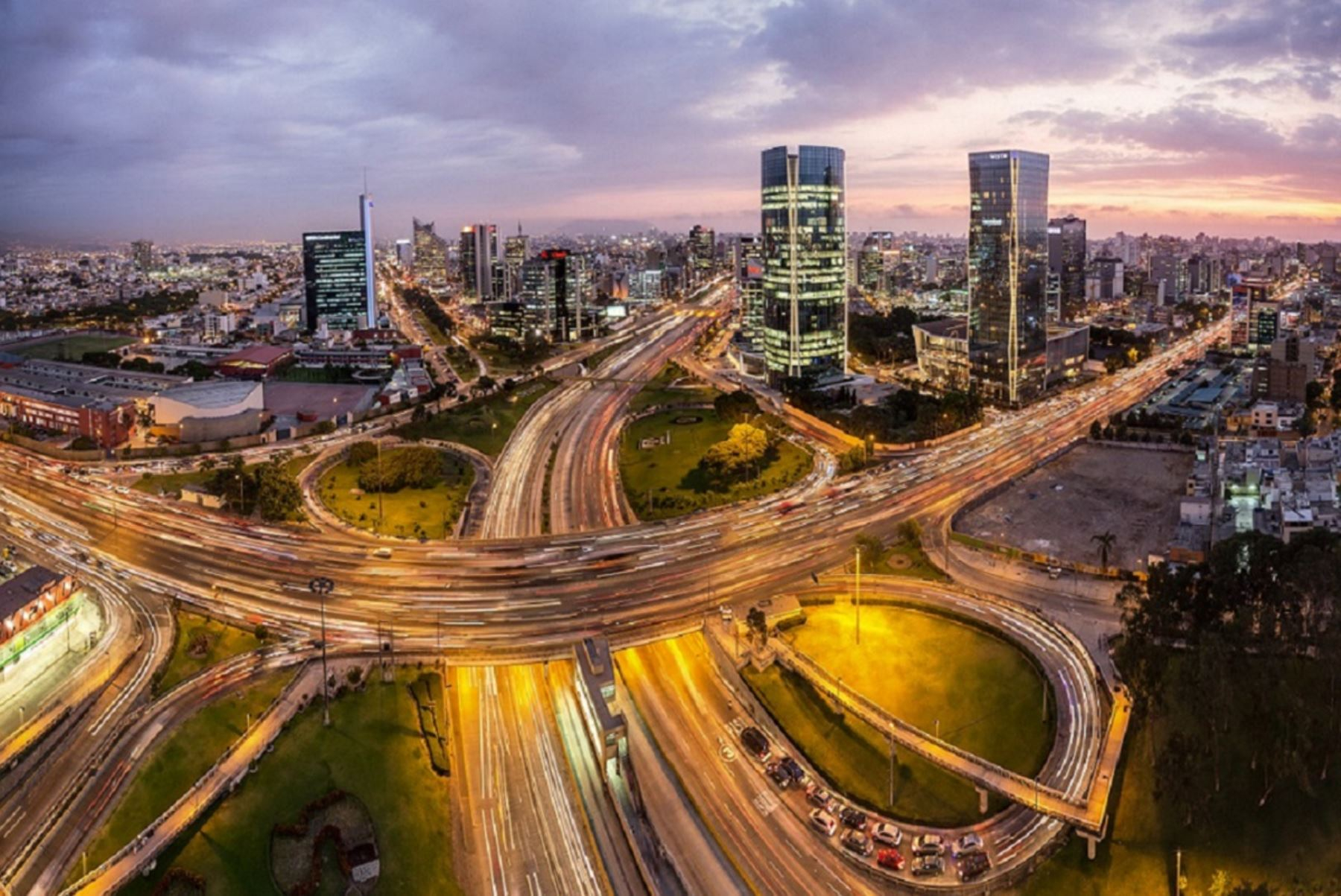
The peruvian economy closed with negative figures the first quarter of 2023 and fell 1.1%, thus added four consecutive months of contraction as a result of Cyclone Yaku and social conflicts. However, he would recover in the second, he stressed Carlos Prietomanager of the Economic Studies Area of Banco de Crédito del Perú (BCP).
“Before the protests and the rains, we expected GDP to grow around 2% in the first quarter,” he commented during the presentation of the “Macroeconomic Situation-April 2023.”
However, he indicated that in the next three months the forecast is for the national GDP to leave the slightly negative ground in which it is immersed. “What we expect for the second quarter is a recovery of the economy (…), and growth of around 2%,” he estimated.
However, the economist emphasized that, in the projection, one of the first factors to monitor is the El Niño Costero phenomenon and, in general, weather conditions.
“2023 will be a year of low growth”
Prieto also pointed out thate “2023 will be a year of low growth” for the Peruvian economy. “Probably, the economy can grow below 2%, we forecast growth of around 1.8%“, he maintained. He also stressed that the country has a potential to develop of over 4%, but that this is currently being wasted.
Domestic demand will also be another element that would experience a slowdown this year, with an increase of less than 1%, “which would be one of the lowest records in two decades.”
“We are considering the behavior of private consumption and private investment, which we expect this year to have a fall for the second consecutive year,” he said.
Inflation would close above 4%
Inflation in March completed 11 consecutive months above 8%, but in the next few it would experience a decline and, at the end of 2023, it would oscillate between 4.5% and 4.8%, according to Prieto. Entry into the target range (less than 3%) would still be achieved in 2024.
In the case of inflation in March, he commented that, although this has been almost double the average registered in this month between 2010 and 2019, it was less than the 1.48% of the same period last year.
“Another positive piece of data in the last reading has been that wholesale inflation fell to levels of 5.9%, clearly below consumer inflation,” he highlighted. According to the specialist, this result will be transferred to retail inflation in the coming months.
Source: Larepublica
Alia is a professional author and journalist, working at 247 news agency. She writes on various topics from economy news to general interest pieces, providing readers with relevant and informative content. With years of experience, she brings a unique perspective and in-depth analysis to her work.











